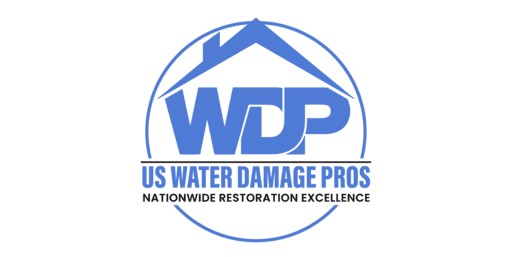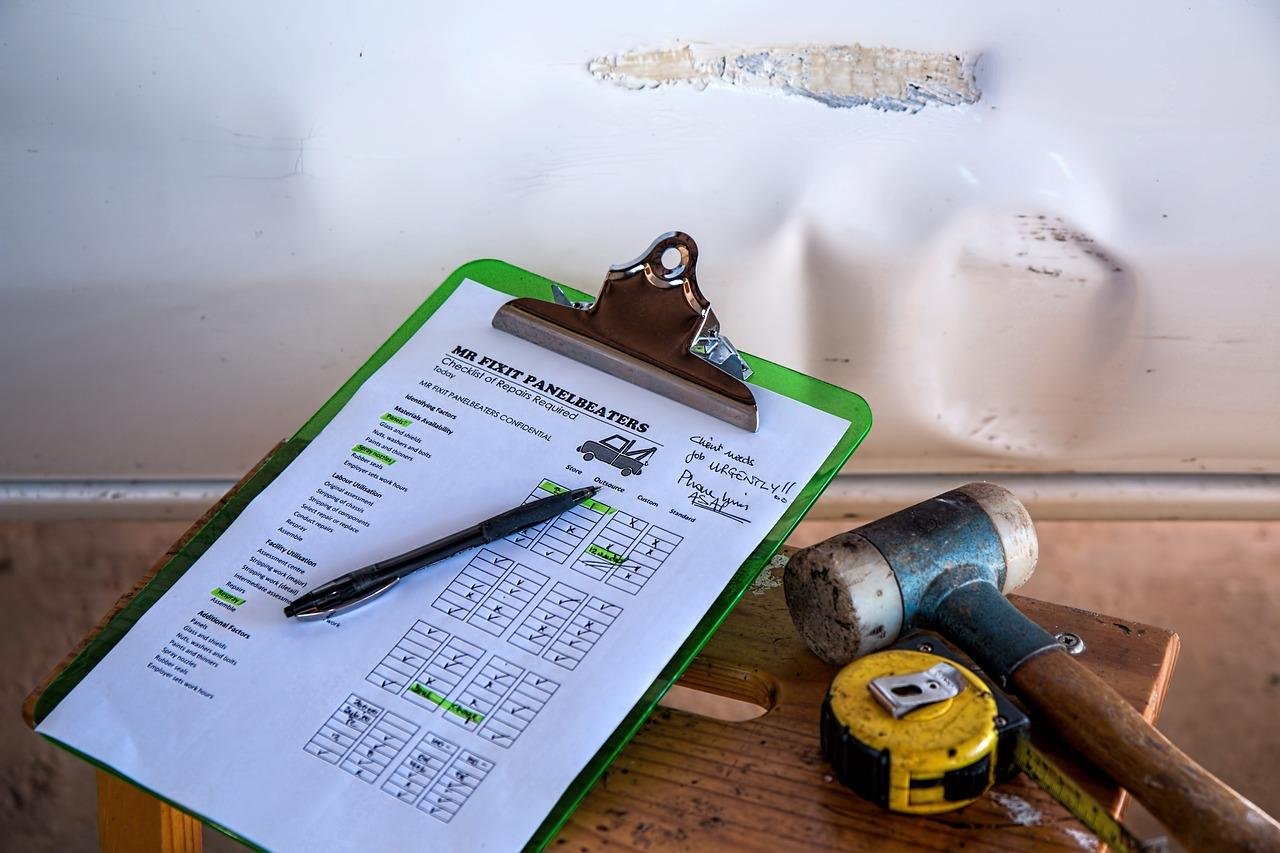Water Damage Insurance Claims Process
If you have suffered damage to your home, you need a water restoration company. But you also need to understand how the water damage restoration insurance claim process works. This short guide will provide everything you need to know to get started on restoring your home.
Water Extraction & Remediation Services
Call 1-858-477-5390

Working with Your Insurance Company
Dealing with water damage can be stressful, but working with your insurance company can help ensure a smooth claims process. Here are some tips:
Contact Your Insurance Company: Notify your insurance company as soon as possible to report the water damage. Prompt communication is key to a successful claim.
Document the Damage: Take photos and videos of the affected area to document the damage. This evidence will be crucial when filing your claim.
Get a Claim Number: Obtain a claim number from your insurance company to track the progress of your claim. This will help you stay organized and informed.
Work with a Restoration Company: Choose a restoration company that works with your insurance company to ensure a seamless process. Additionally, involving an independent insurance agent can be beneficial. An insurance agent can assist in navigating the claims process, advocate on your behalf, and help ensure you receive fair treatment and appropriate compensation. US Water Damage Pros is a professional water damage restoration company and we would love to help you.
Review Your Policy: Understand your policy’s coverage and limitations to avoid any surprises during the claims process. Knowing what is covered can help you make informed decisions.
By following these steps, you can navigate the insurance claims process more effectively and ensure your property is restored promptly. Be sure to read our guide that explains how the water damage restoration process works.

Understanding Your Insurance Coverage
Understanding your insurance coverage is crucial when dealing with water damage claims. Homeowners insurance policies typically cover sudden and accidental water damage, such as damage from burst pipes or a washing machine overflow. However, they usually do not cover gradual damage or issues resulting from poor maintenance. This means that if the damage has been occurring over time, it might not be covered.
It’s also important to check if you have a separate flood insurance policy. Standard homeowners insurance policies generally do not cover flood damage, which can be a significant oversight for those living in flood-prone areas. A separate flood insurance policy can provide the necessary coverage for flood-related incidents, ensuring you are protected from all types of water damage.
By thoroughly reviewing your insurance policy, you can understand what is covered and what is not. This knowledge will help you navigate the claims process more effectively and ensure you receive the compensation you deserve for any covered damages.
The Claims Process
The water damage insurance claim process can be complex and time-consuming, but understanding the steps involved can help ensure a smooth and successful claim. The process typically begins with notifying your insurance company as soon as possible. Prompt communication is essential to initiate the claims process and prevent further damage.
Once you have reported the damage, document everything thoroughly. Take photos and videos of the affected areas and keep detailed records of all communications with your insurance company. An insurance adjuster will then be sent to assess the damage and determine the claim value. It’s crucial to be present during the inspection to ensure all damage is accounted for and to provide any additional information the adjuster may need.
Keeping detailed records and staying organized throughout the claims process will help ensure a fair and accurate claim settlement.
Assessing and Settling Your Claim
Assessing and settling your claim requires careful attention to detail. The insurance adjuster will evaluate the damage and determine the cost of repairs. It’s essential to review the adjuster’s report thoroughly to ensure all damages are included. If you find discrepancies or disagree with the assessment, you have the right to negotiate or dispute the claim.
Insurance companies may offer a settlement based on the actual cash value (ACV) or the replacement cost of the damaged property. ACV takes depreciation into account, while replacement cost covers the expense of replacing the damaged items with new ones. Understanding the difference between these two valuation methods will help you make an informed decision about your claim.
By being proactive and meticulous during the assessment and settlement stages, you can ensure a fair outcome for your insurance claim.
Working with an Adjuster
Working with an adjuster is a crucial part of the claims process. The adjuster’s role is to assess the damage and determine the claim value. As a homeowner, it’s essential to be prepared and provide the adjuster with all necessary documentation and information. Being present during the inspection ensures that all damage is accounted for, and it gives you the opportunity to ask questions and clarify any uncertainties.
There are two types of adjusters: company adjusters, who work for the insurance company, and public adjusters, who work on behalf of the policyholder. Understanding the role of each type of adjuster and their responsibilities will help you navigate the claims process more effectively. A public adjuster can be particularly helpful if you feel that the insurance company’s assessment is not fair or accurate.
Completing the water extraction and remediation process doesn’t have to be complicated. By working closely with the adjuster and understanding their role, you can ensure a fair and accurate claim settlement.



